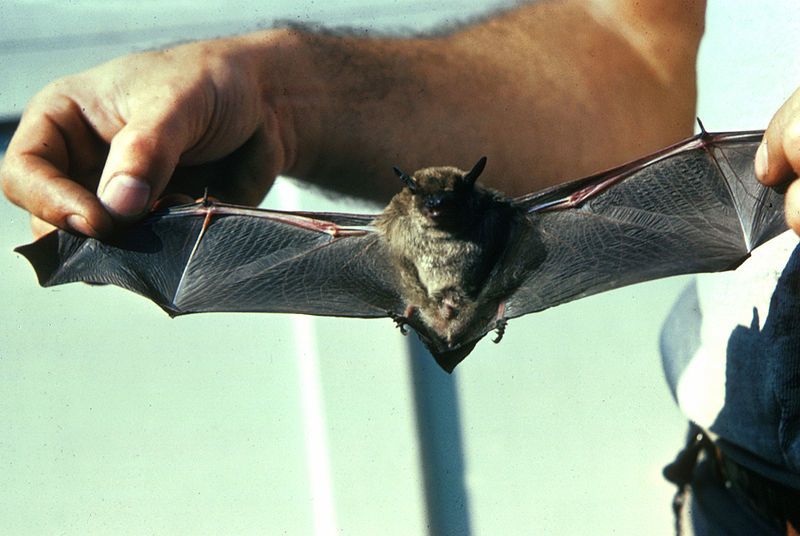BINGHAM — The review of a proposed 62-turbine wind farm project in this Somerset County town has been put on hold in part because of concerns about the danger the turbines might pose to bats being threatened by white-nose syndrome, a rapidly spreading fungal disease.
There is no estimated date for when the Bingham wind project might be approved by the Maine Department of Environmental Protection, Dan Courtemanch, project manager for the agency’s Division of Land Resource Regulation, said Monday. A decision was originally expected this month, he said.
Bat mortality is a typical concern at wind energy farms and it is standard practice to evaluate bat habitats and mortality rates during project reviews. The DEP, however, may be revising its recommendations on the turning speed of wind turbines, which can be a threat to birds and bats that fly into them, said Bob Stratton, supervisor of fisheries and wildlife support for the Department of Inland Fisheries and Wildlife. The department makes recommendations on how the DEP, which gives final approval to wind projects, makes its decisions.
Birds and bats are more mobile at lower wind speeds, while at higher wind speeds they are more likely to hit turbines, said Stratton. One way of preventing the collisions is by reducing the speed at which turbines can spin, he said. What wind speeds should be in order to create the best conditions for birds and bats are being looked at not only in Maine, but also across the U.S., he said.
“There are a number of species of bats being negatively impacted by a variety of sources,” said Stratton.
Chief among them is white-nose syndrome – a disease characterized by abnormal behavior and a white fungus on the muzzle of the bat – which eventually leads to death and has been observed in Maine since 2011. It is bad enough that two bat species found in the Bingham area are currently being evaluated for listing under the Maine Endangered Species Act and also the U.S. Endangered Species Act. They are little brown bats and northern long-eared bats.
First Wind is working to address the concerns regarding the protection of bat habitats, a representative said in an email on Monday.
“We remain hopeful the DEP will complete its review in an expeditious manner so that the region can realize the positive economic and environmental impacts of the Bingham project,” said First Wind spokesman John Lamontagne in an email Monday.
The DEP is working with First Wind to find a curtailment of turbine speed that is suitable to everyone involved in the application, according to Courtemanch.
The DEP plans to schedule a second public hearing on the project in early 2014, said Courtemanch. At the first public hearing in July, residents of the area spoke for and against the project. Some said it would bring money to the area, while others said it posed a threat to the environment and rural character.
If approved, the project would be the largest wind farm in the state. First Wind operates five wind projects in Maine and originally filed its application for the Bingham project in May.
Rachel Ohm can be contacted at 612-2368 or at:
rohm@centralmaine.com
Send questions/comments to the editors.



Success. Please wait for the page to reload. If the page does not reload within 5 seconds, please refresh the page.
Enter your email and password to access comments.
Hi, to comment on stories you must . This profile is in addition to your subscription and website login.
Already have a commenting profile? .
Invalid username/password.
Please check your email to confirm and complete your registration.
Only subscribers are eligible to post comments. Please subscribe or login first for digital access. Here’s why.
Use the form below to reset your password. When you've submitted your account email, we will send an email with a reset code.